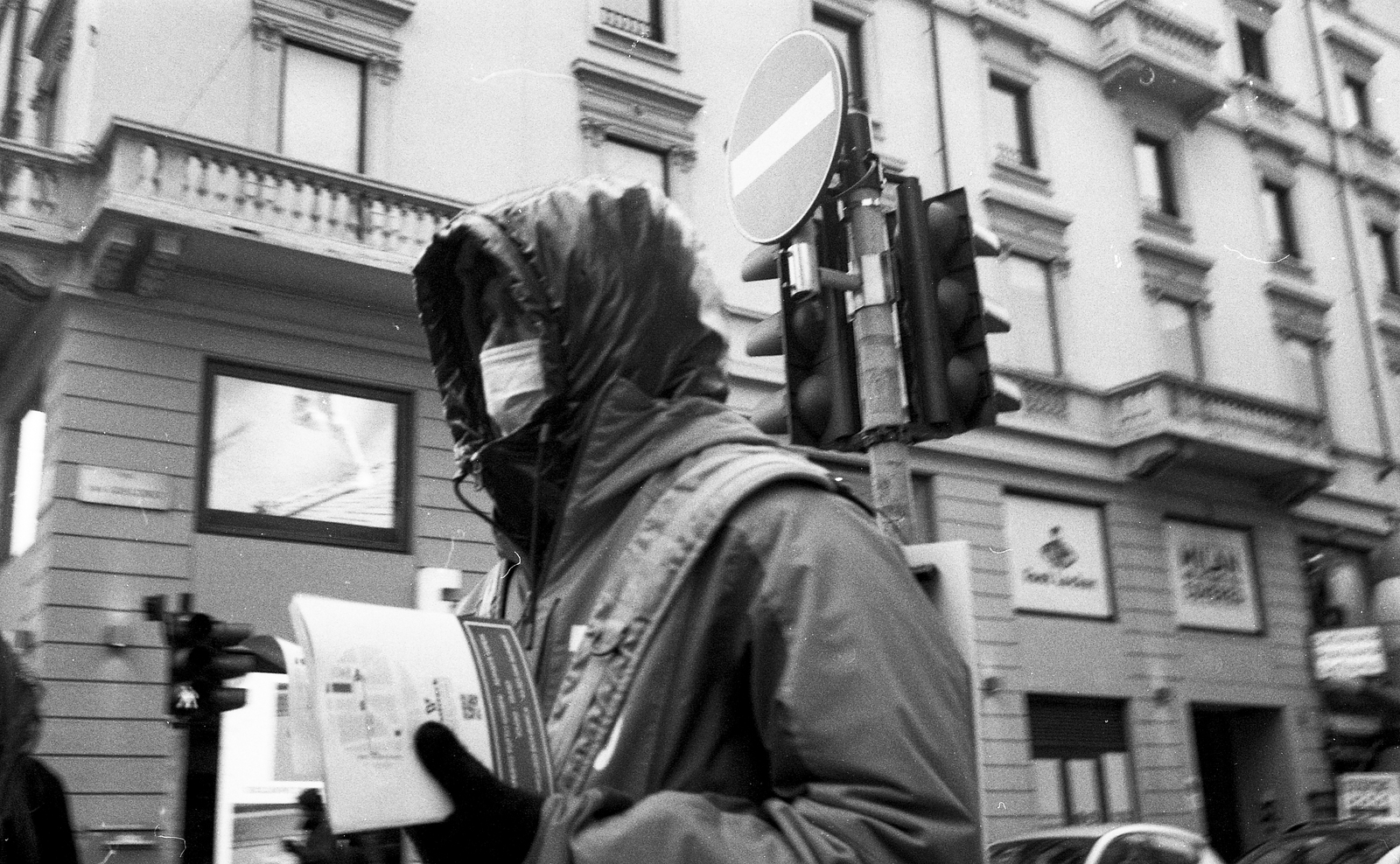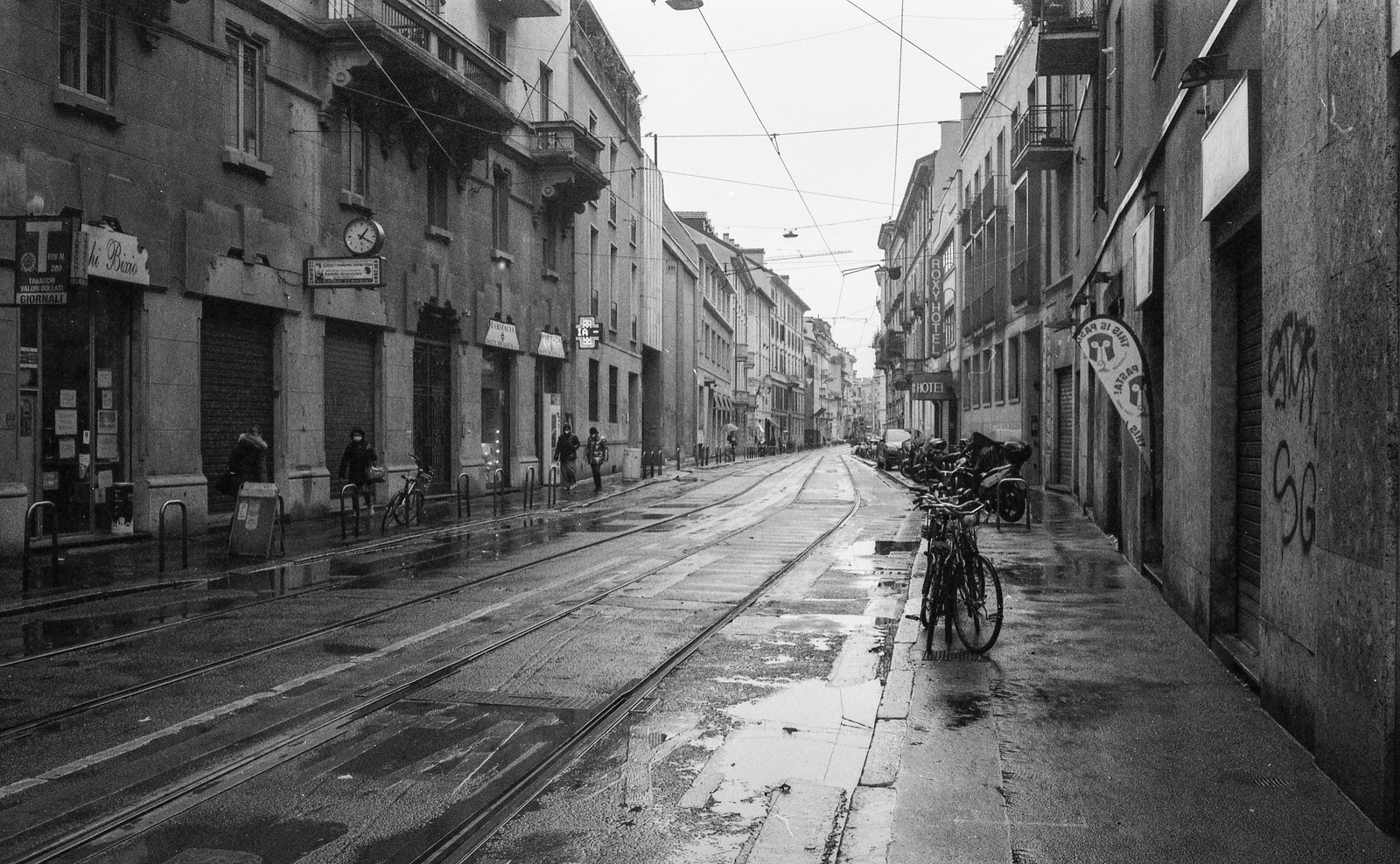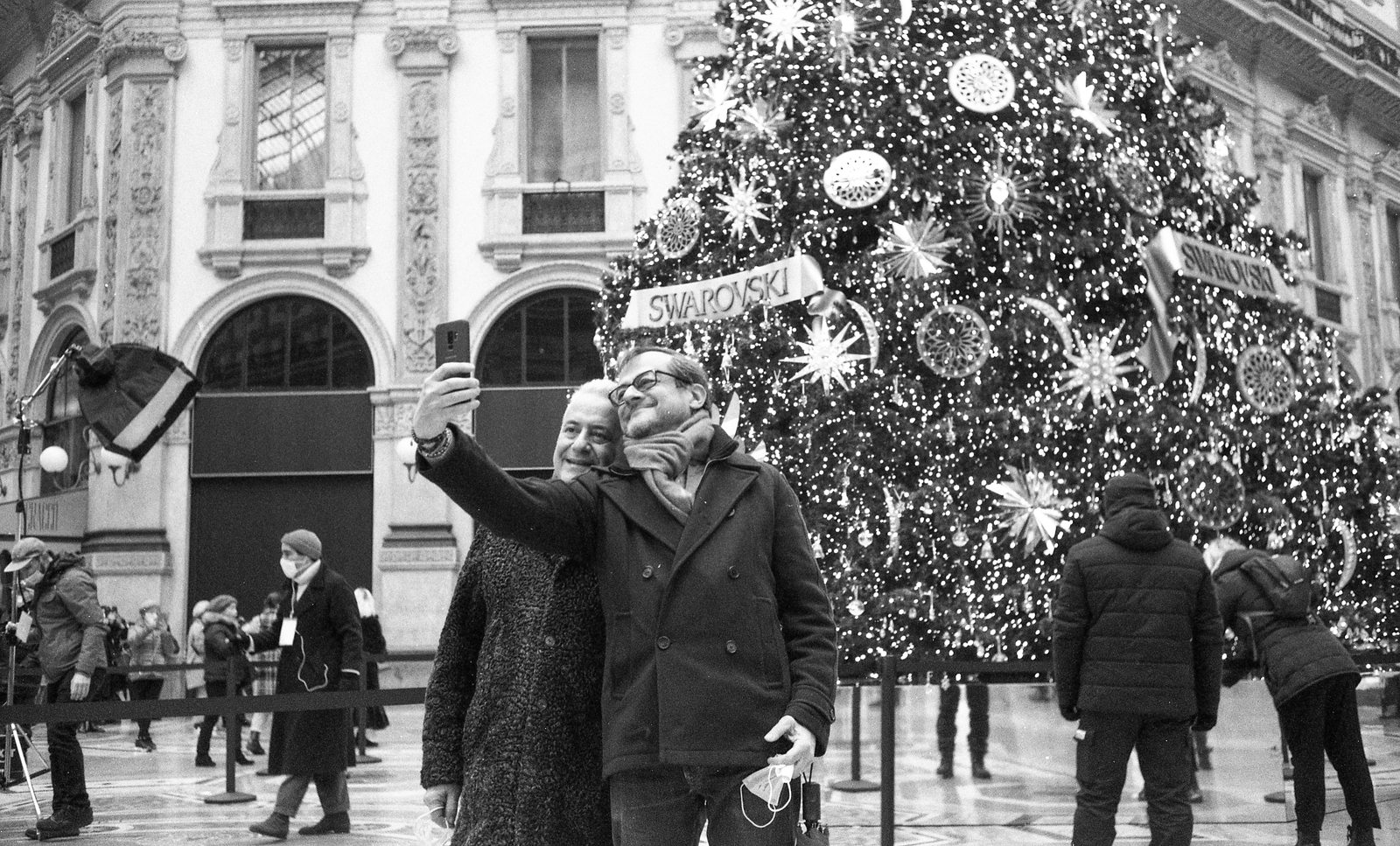TOC
Winter is a complex season for photographers: the lack of light, chill, and rain are not a camera’s best friends. When there is little light, the ISO can be raised, while to shelter from the elements we choose tropicalized cameras. However, when we move on to film, the matter becomes more complicated. We cannot reach the now stratospheric possibilities of digital sensors and we do not want to run the risk of ruining a device that very often has no longer a repair service.
I had to reduce more and more outings with my beloved Contax G for fear of ruining it: its delicate electronics certainly do not suit the season. However, I was sorry to abandon analog photography to resume it in the spring, especially at a time that offers unique insights during the year. I found an excellent solution in a camera created for underwater use: the Nikonos IV-A.
This little brick - this is its appearance - soon turns out to be a tank. Resistant to the limits of absurd, very solid, it is watertight. Produced from 1980 to 1984 it was the fourth model in the Nikonos series and probably the one that suffers from the worst reputation. A reputation that deserved for a series of reasons that today a photographer in 2020 finds it hard not to consider merits.
What disappointed the public most was the absence of a manual shutter speed selector. You can use the camera only in Aperture Priority mode (hence the “A” in the name) or B and M90 only. In reality, complaining about this feature is a sign of not fully understanding this camera. We are not facing a domesticated studio camera, but a wild animal, ready to shoot in all conditions. Imagine being underwater and having a few fractions of a second to capture the perfect shot, added to the difficulty of exposing properly underwater. Time is your enemy and you certainly don’t have any to think about the settings of your room.
The same choice was made for the viewfinder and it left a lot of people disappointed: the popular Nikonos III rangefinder was replaced with a Galilean viewfinder. Also in this case it was a very specific choice: think about how difficult it must be to focus correctly while looking at a rangefinder while underwater with the mask. This however involves difficulties, especially for those who are not used to estimating focus.

Estimating focus is not easy, but it can be incredibly useful for street-photography
Before continuing I must confess that I have not tried the camera in the environment for which it was born, as my fear of water does not go well with diving. However, we could very well define this machine as amphibious, as combined with the 35mm it behaves just as well out of water. This does not happen with all interchangeable lenses, so if you want to use it out of the water, check that the lenses have written W and not UW (underwater only) on them. LW, on the other hand, indicates lenses that are not suitable for being completely submerged, use them in extreme conditions but do not take them for a bath!
The focus, however, is facilitated by a particularly intelligent mechanism, witness of a project where nothing has been left to chance. Rotating the aperture knob on the lens moves both the aperture indicator and the depth of field indicator. This widens depending on whether the diaphragm is closed or opened, illustrating the depth of field in real-time. At that point, estimating focusing is much easier, especially in situations where the aperture is low. It is particularly easy to focus at infinity or in general all the works in hyperfocal, an ancient technique, but always functional.
Engineers were maniacal with the design and the use manual and the repair manual are proofs of it. It is a machine with a not easy learning curve, so I highly recommend reading the first before approaching it, especially if you want to get involved in underwater photography. In that case, you will have to familiarize yourself with the often deteriorated and quite expensive joints (o-rings). I haven’t gone that far, but I don’t rule out doing it in the future. However, it should be remembered that if the machine is exposed to seawater, it must be immediately immersed in fresh water after use and left to dry, never dry with heat!

The 35mm lens is not only really sharp, but offers also a surpisingly good tonal rendition
The image quality, at least above water, is really good. For a camera where safety is undisputedly first, the pics are right on point. The sharpness of the lens is good, and it renders natural images. This is not always something guaranteed in action cameras, even in the digital age. It takes a little time to adjust to the viewfinder, and it also takes a little more to realize that it is not a camera for every situation.
If you plan to do something where focusing is crucial (like portraits) forget about it. There are a lot of better and simpler cameras. If, on the contrary, you need to shoot in a wet, dirty environment or you are afraid that your camera could take a couple of blows, this is the camera for you. Toughness is not always the first thing you search for in a camera, but if you are searching for it, then there is no better option.
The rest of the Nikonos series is also good, but I would suggest sticking to the IV-A: the first two models are too green, while the prices for the Nikonos V are a little bit out of control. We are not talking about huge amounts of money, you can find one for around 200€, but do you need to spend this money on a resistant camera? Probably not, unless you are taking pics underwater, then my suggestion is to go with the newer model. We can make similar reasoning for the Nikonos III, the rangefinder can be tempting, but is it useful for the kind of situation you are going to use this camera for?
That is why the Nikonos IV-A is the perfect combination of toughness and no junk that you need in some outdoor situation. Easy to, resistant to adverse conditions, and capable of taking good shots: these are the qualities you need in the middle of a storm or while walking in the mountains: if you cared about comfort you wouldn’t be there!

